75 Ft. of Canadian Hemlock or American Arborvitae?
indianawendy
17 years ago
Featured Answer
Sort by:Oldest
Comments (9)
Saypoint zone 6 CT
17 years agoRelated Professionals
Londonderry Landscape Architects & Landscape Designers · Folsom Landscape Architects & Landscape Designers · Severn Landscape Architects & Landscape Designers · Cockeysville Landscape Contractors · Galt Landscape Contractors · Gurnee Landscape Contractors · North Richland Hills Landscape Contractors · Palm Beach Gardens Landscape Contractors · Pleasant Hill Landscape Contractors · Marietta Window Contractors · Los Angeles Window Contractors · Fairfax Driveway Installation & Maintenance · Elkridge Decks, Patios & Outdoor Enclosures · Lake Morton-Berrydale Decks, Patios & Outdoor Enclosures · Novi Decks, Patios & Outdoor Enclosureslaceyvail 6A, WV
17 years agowaplummer
17 years agotinamcg
17 years agoginny12
17 years agobhrost
17 years agomslynch
16 years agoginny12
16 years ago
Related Stories

GREEN BUILDINGOff the Grid: Ready to Pull the Plug on City Power?
What to consider if you want to stop relying on public utilities — or just have a more energy-efficient home
Full Story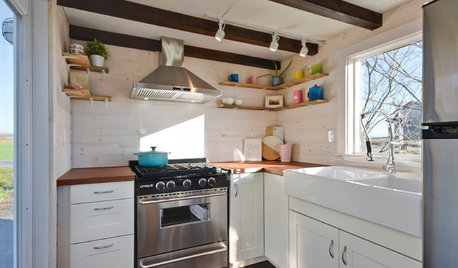
SMALL HOMESHouzz Tour: A Tiny House Packed With Style
A couple in Northern California opts for a customized home on wheels with clever design and storage solutions
Full Story
GARDENING AND LANDSCAPINGGrow a Lush Privacy Screen
No need to wait forever for patio privacy the green way. These 10 ideas will get your screening up and running in no time
Full Story
REMODELING GUIDESBathroom Workbook: How Much Does a Bathroom Remodel Cost?
Learn what features to expect for $3,000 to $100,000-plus, to help you plan your bathroom remodel
Full Story
GREEN BUILDINGWhy You Might Want to Build a House of Straw
Straw bales are cheap, easy to find and DIY-friendly. Get the basics on building with this renewable, ecofriendly material
Full Story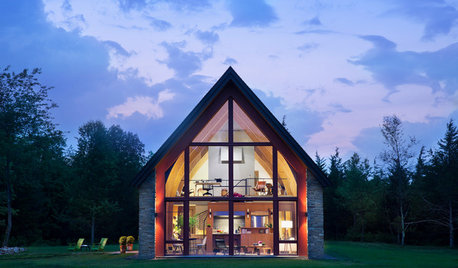
GREEN BUILDINGThe Passive House: What It Is and Why You Should Care
If you don’t understand passive design, you could be throwing money out the window
Full Story
LIFEHow to Prepare for and Live With a Power Outage
When electricity loss puts food, water and heat in jeopardy, don't be in the dark about how to stay as safe and comfortable as possible
Full Story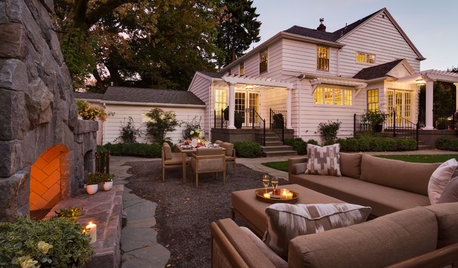
GARDENING AND LANDSCAPINGHouzz Survey: See What Homeowners Are Doing With Their Landscapes Now
Homeowners are busy putting in low-maintenance landscapes designed for outdoor living, according to the 2015 Houzz landscaping survey
Full Story
PETSPet-Proofing Your Home: A Room-by-Room Guide
Not all pet dangers are obvious. Keep furry friends safe and sound by handling all of these potential hazards
Full Story
GREEN BUILDINGWhat's LEED All About, Anyway?
If you're looking for a sustainable, energy-efficient home, look into LEED certification. Learn about the program and its rating system here
Full StoryMore Discussions






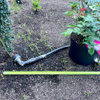
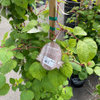
Saypoint zone 6 CT